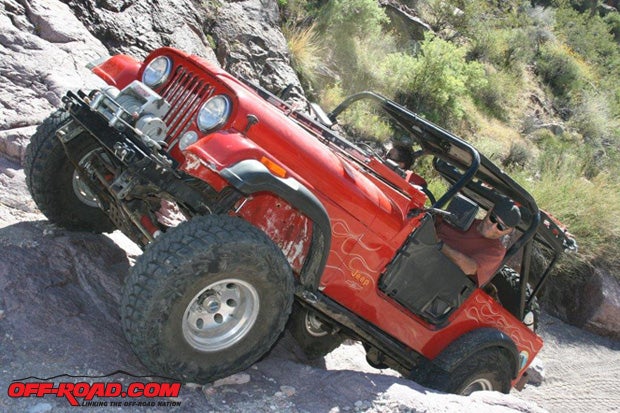
In my opinion, a selective locker—especially in the front differential—is the best of both worlds. Whether it’s an electrically controlled locker (as is in my ’07 JK Rubicon Unlimited) or an ARB air locker (such as I have in my 1982 CJ7 hard-trail (4+) Jeep), a selective locker up front allows you to engage and disengage as you wish so that you can negotiate more easily the very tight turns on very technical trails. A selective rear locker, while not nearly so attractive, is just icing on the cake or the cherry on top of a hot fudge sundae.
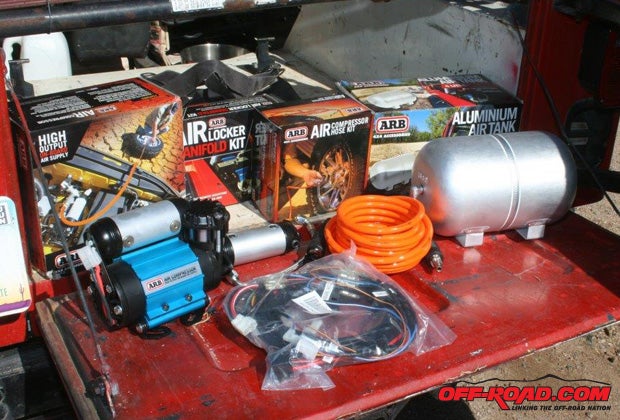
“Why is a selective locker in the front differential better?” You might ask. Because a locker, by definition, applies equal torque to each tire, unlike an open differential, which applies torque differentially, allowing the tire on the outside of a turn to travel a longer distance than the tire on the inside of the turn. If you’ve ever taken notice of your tire tracks in snow, sand or dirt, you know what I’m talking about. And if you’ve heard a vehicle equipped with a rear locker making a tight turn on pavement, you’ll remember the “chirping” of the rear tires as the inside tire intermittently skidded slightly on the pavement to relieve the stress on the rear axles. With a front axle, when the locker attempts to apply power equally, the tires want to go straight. Even with the assist of OEM power steering, from a driver’s perspective, the steering wheel inexorably tries to spin until the front tires are parallel. If you’ve equipped your Jeep with a hydraulic ram steering assembly, you might be able to hold it in the turn, but it will still be difficult. With OEM steering, if the corner has a decreasing radius—it gets tighter the further into the curve you go—you’ll find you can’t turn the wheel. It’s as if the ignition lock was applied, or it slowly turns in the other direction. And the more power you apply, the harder it is to hold the steering wheel. That’s why auto manufacturers, even with trucks having OEM lockers, tend to offer either selective lockers or limited slip units for the front differentials.
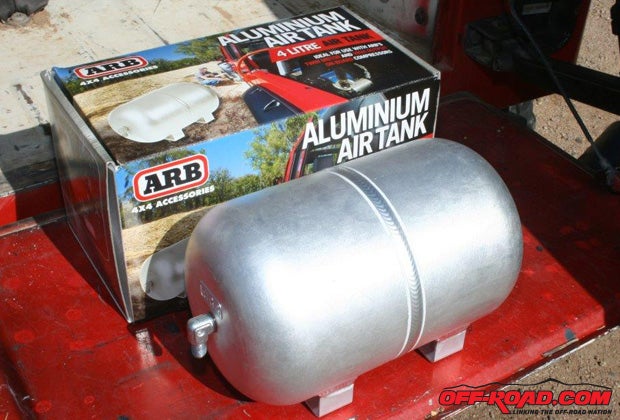
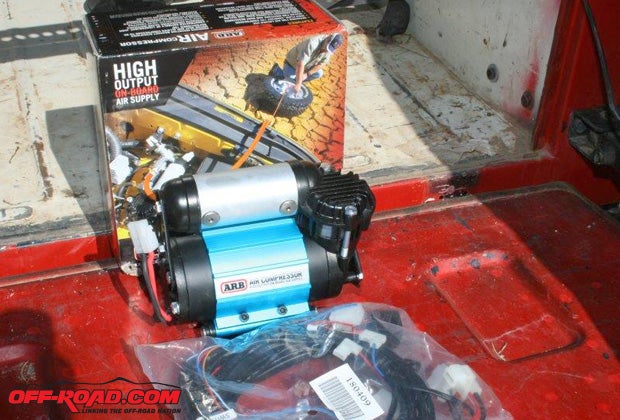
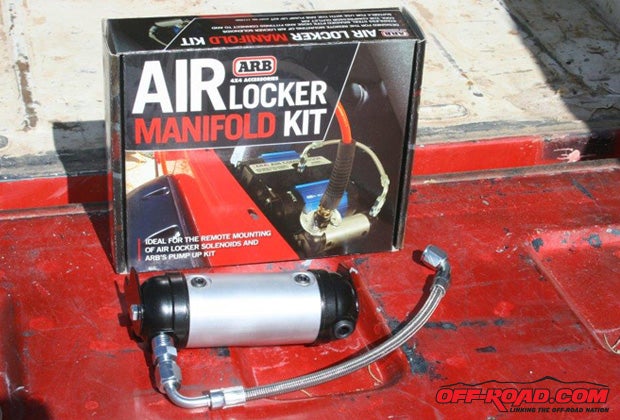
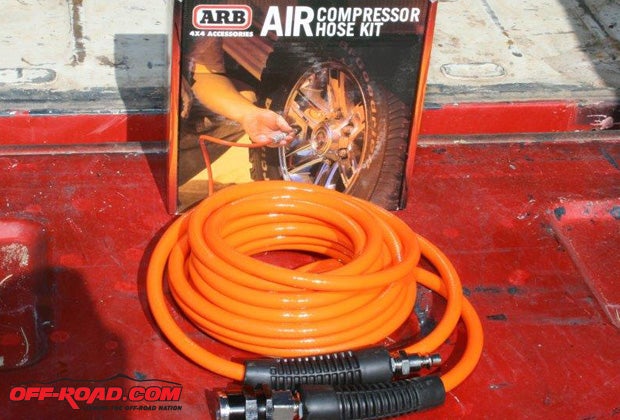
However, unlike the Rubicons’s selective lockers, ARB air lockers are available aftermarket for those older vehicles that were sold without lockers being factory (or OEM—or original equipment from the manufacturer) equipment. When my Seven originally rolled off the dealership’s floor more than 30 years ago, the best its owner could hope for were 4.10:1 gear ratios and limited slip traction aids (called Trac-Loc). (An old trail saying indicates that the “only thing a limited slip differential limits is the amount of traction.”) My CJ7 did not even have a Trac-Loc.
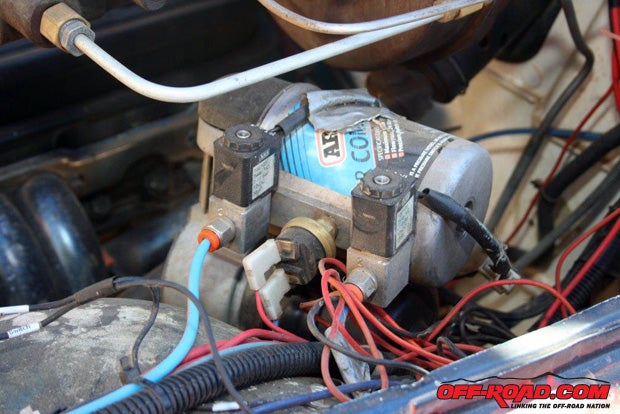
But as I said, I’ve had ARB lockers in my ’82 Seven for more than 20 years without a major problem. The only problem I’ve had with the ARB units was a cracked copper tube shortly after the initial installation (I had the 4.56:1 gears installed at the same time as the ARBs—replaced 3.73:1 gears, as I recall). Of course, even though ARB may not recommend it, I never engage one of my ARBs while the Jeep is moving, and I avoid disengaging them while moving. As far as I know, ARB has no official opinion on this subject, but I prefer playing it safe by stopping first before flipping the ARB switch. For more information on my Seven’s differentials, check out this story.
As much as I love my ARBs and 4.56:1 gears—and I do!—with this upgrade, I didn’t touch the differentials and/or lockers at all. My entire attention was devoted to the “upper” portion of the ARB system. Recently, I became aware of ARB was offering compressors with high performance figures than my 20-year-old ARB compressor possessed. At about the same time, my compressor quit working. This prompted me to begin thinking about an upgrade. A combination of work, vacation plans, and having the 2007 JK Rubicon Unlimited at my disposal caused me to forget about the CJ’s non-working compressor until I began this install.
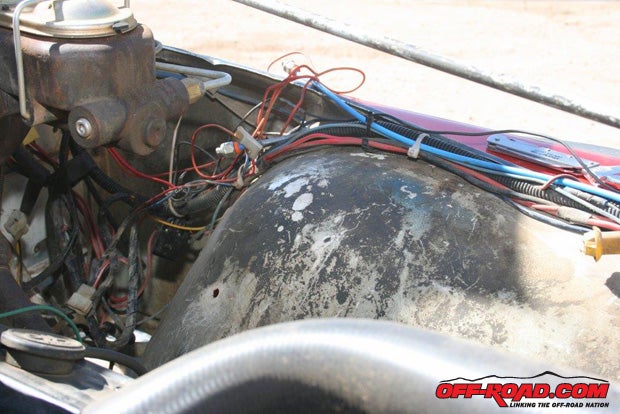
All I was concerned with when starting this upgrade was improving the CJ’s capability of having onboard air for the tires and trail tools. I wasn’t concerned with the differential side of things. If you have a vehicle equipped with ARB lockers, and the system is getting a bit long in the tooth, you might want to consider this upgrade yourself. And then you can leave the portable air compressor at home. Or if you don’t have ARB lockers, you could still add this system to your rig and be able to air-up at your convenience, or use air tools on the trail, or include this system with ARB lockers rather than just a bare-bones compressor to engage the lockers.
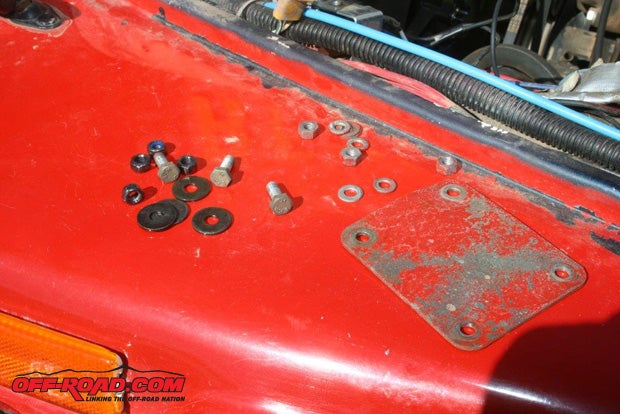
For more information on ARB air lockers, air compressors, dealer locations, etc. see: www.arbusa.com.
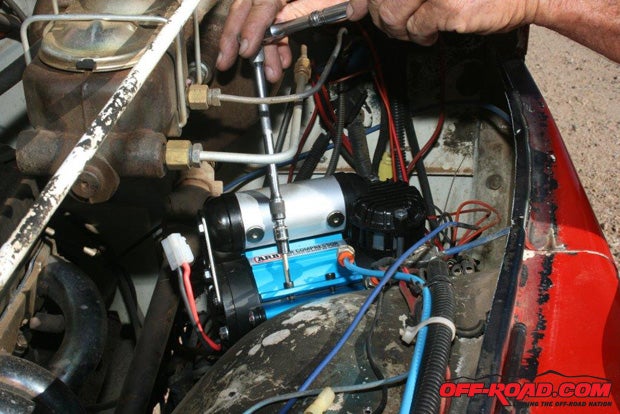
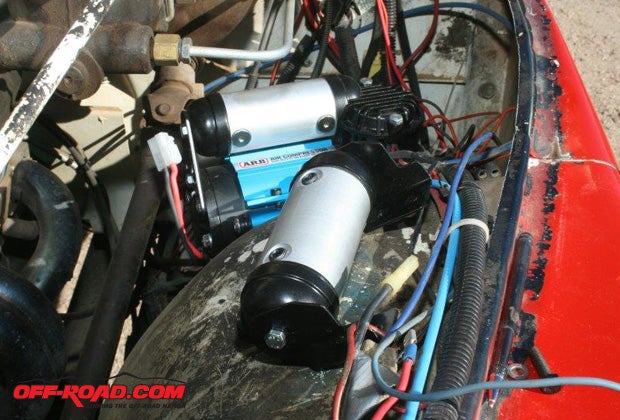
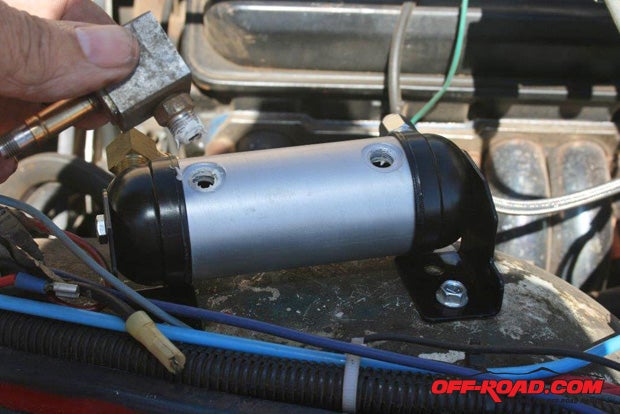
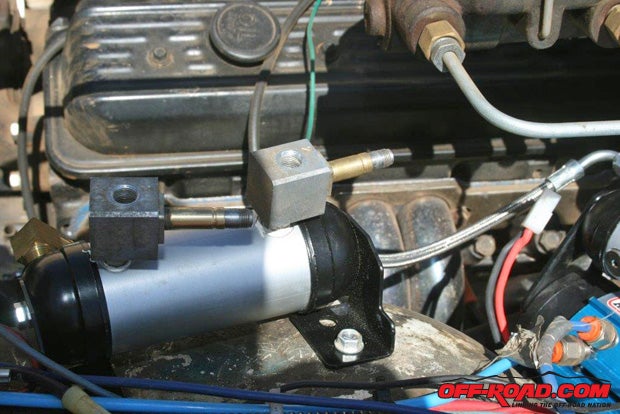
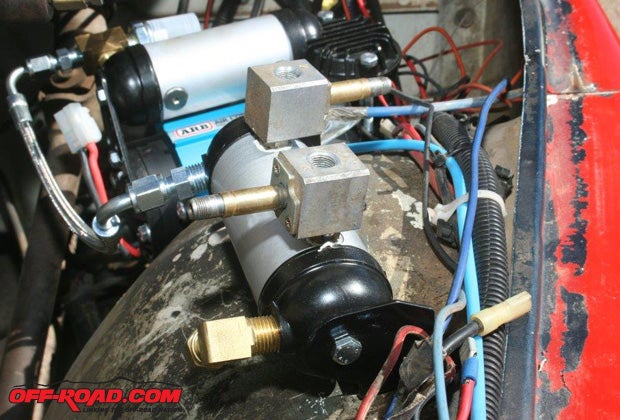
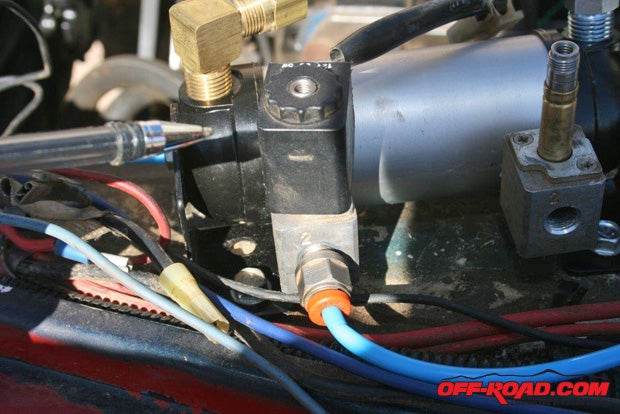
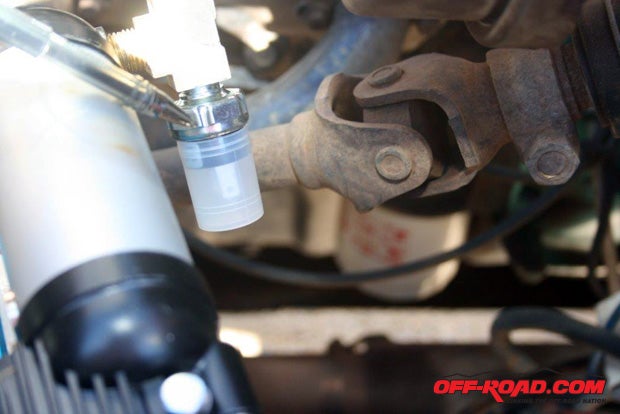
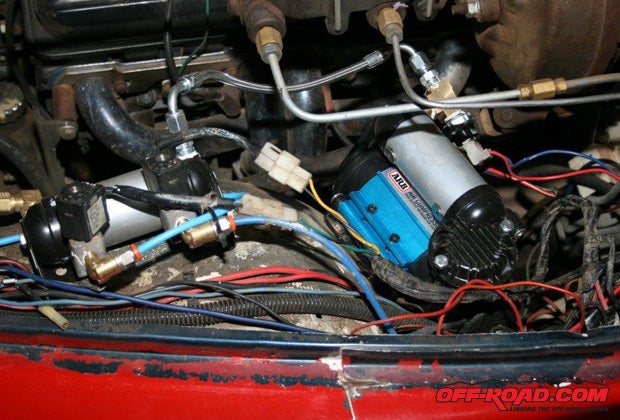
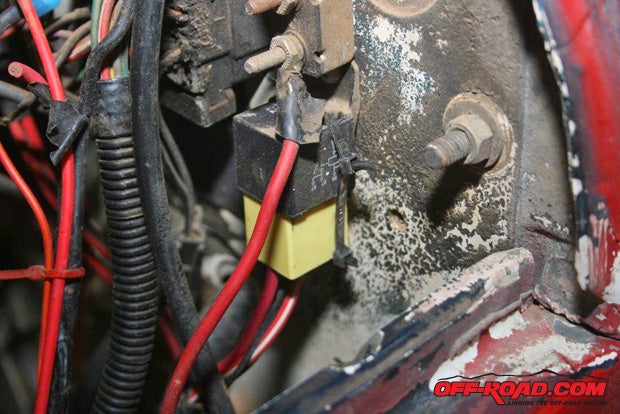
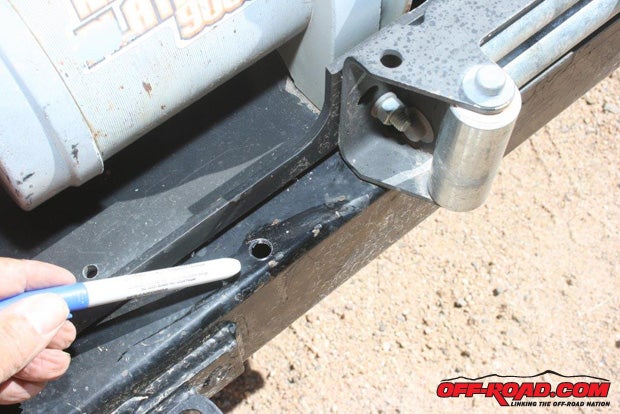
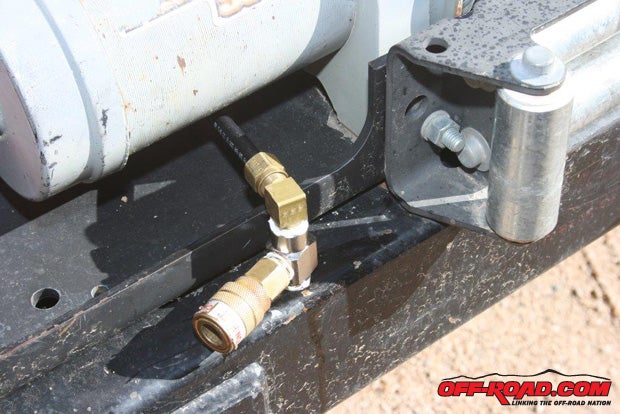
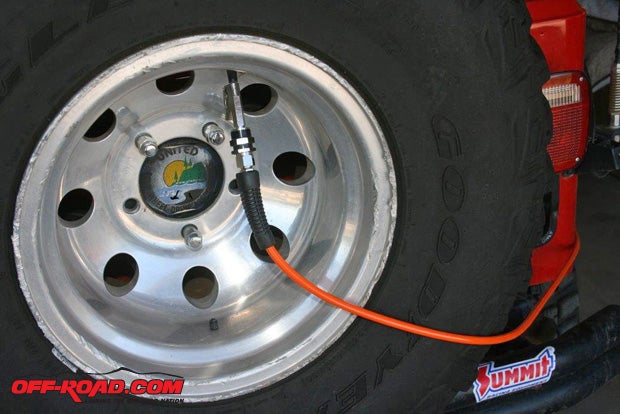


 Your Privacy Choices
Your Privacy Choices